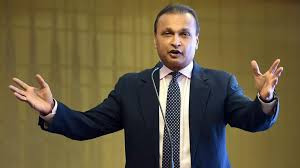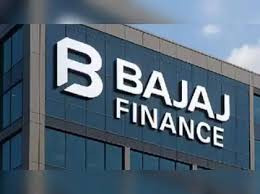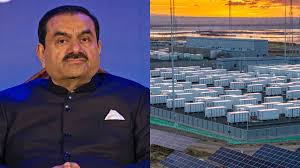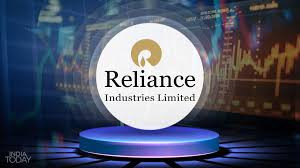₹17,000 Crore Loan Fraud Probe: Enforcement Directorate Summons Anil Ambani for Questioning

IIE DIGITAL DESK : Reliance Group Chairman Anil Ambani appeared before the Enforcement Directorate (ED) in New Delhi on August 5, 2025, facing questioning related to an alleged ₹17,000 crore bank loan fraud linked to multiple companies under his control. The extensive probe follows coordinated searches conducted at around 35 locations across Mumbai and Delhi, spanning nearly 50 group-affiliated entities and involving more than 25 individuals.
The ED initiated proceedings after recovering a large volume of documents, digital devices, and financial records. These were seized from various Reliance Anil Dhirubhai Ambani Group (ADAG) premises, triggering investigative action under the Prevention of Money Laundering Act (PMLA).
The ED issued a Look Out Circular (LOC) against Ambani on August 1, preventing him from traveling abroad during the investigation. The LOC accompanies the formal summons the agency issued the same day, signaling a major escalation in the probe.
The core allegations focus on illegal diversion of loans worth approximately ₹3,000 crore granted by Yes Bank between 2017 and 2019. Investigators are examining whether these funds were siphoned off through inter-corporate deposits and shell companies. There are also suspicions of quid‑pro quo arrangements and alleged payments to bank promoters to bypass due diligence.
The probe includes a significant fake bank guarantee scheme involving Biswal Tradelink Pvt Ltd (BTPL), which submitted a ₹69.2 crore guarantee to Solar Energy Corporation of India (SECI) on behalf of a Reliance company. That guarantee featured forged endorsements mimicking SBI using a spoofed domain to mislead authorities.
ED has extended its investigation beyond Ambani himself, summoning several senior Reliance Group executives—including Amitabh Jhunjhunwala and Sateesh Seth—and is expected to seek explanations from bank officials regarding their handling of these loans.
The repercussions ricocheted through markets: shares of Reliance Infrastructure and Reliance Power fell sharply—declining between 5% and 15% over recent sessions—reflecting mounting investor anxiety around the allegations.
According to the Economic Offences Wing (EOW) FIR lodged in November 2024 and subsequent findings, the ED characterizes the scheme as “well‑planned and thought‑out” aimed at diverting public and banking funds, subverting governance norms, and misrepresenting financial health. Funds were allegedly channeled through shell firms operating far beyond their income levels.
The investigation is part of a broader regulatory crackdown. In February 2024, SEBI barred Anil Ambani and 24 others from securities markets for five years following previous compliance failures. The current probe draws on inputs from multiple institutions, including the National Housing Bank, SEBI, NFRA, and Bank of Baroda, indicating wide-ranging scrutiny.
Anil Ambani’s appearance at the ED headquarters was marked by procedural rigidity: he was not permitted legal counsel during interrogation, and the entire session was video recorded under ED protocols.
As the central inquiry advances, attention now turns to whether substantive charges under PMLA and related statutes will follow, and how the government, regulatory cornered banks, and corporate circles respond. The case underscores ongoing concerns about advocacy of financial propriety, systemic vulnerabilities, and enforcement capacity in regulating corporate conduct.
From the diversion of Yes Bank loans to bogus guarantees supporting major energy contracts, the ED alleges a complex network of fund misdirection, bank complicity, and shell entities benefiting certain group firms. The case now represents one of India’s largest-ever loan fraud investigations, encompassing nearly ₹17,000 crore in disputed financial flows. It marks a pivotal moment for corporate accountability and regulatory oversight in India.
Anil Ambani’s interrogation by the ED marks a critical juncture in a high‑profile ₹17,000 crore loan fraud probe. Allegations range from loan diversion and fake guarantees to money laundering—even implicating private and public sector banks. The case has already rattled markets and raised questions about enforcement, financial integrity, and corporate governance standards in India’s shadowed financial sectors.
You might also like!
















